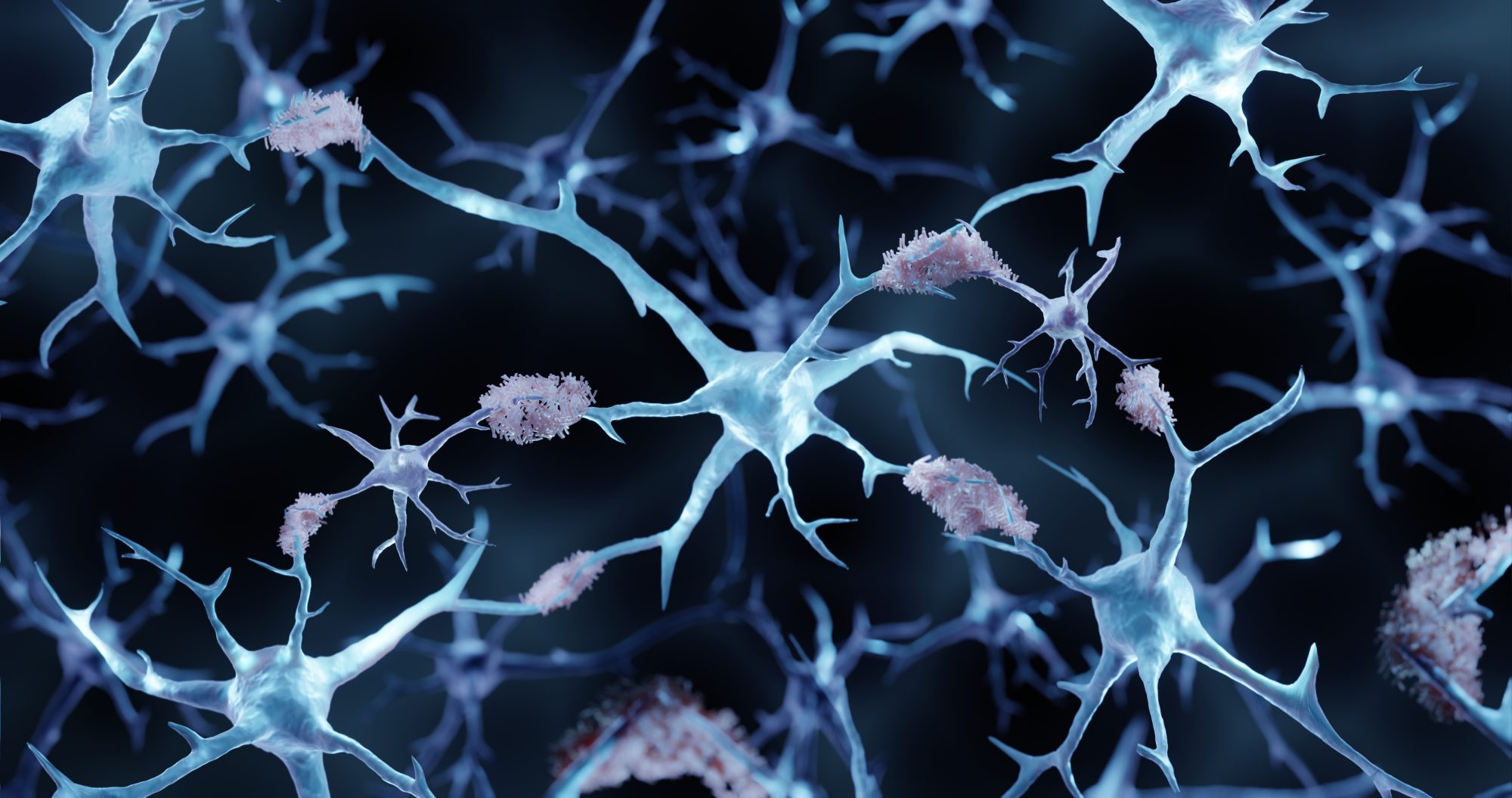UK Dementia Research Institute scientists reveal how toxic tau spreads between neurons in PSP, causing synapse loss and highlighting new targets for potential treatments
A team of scientists has made a crucial breakthrough in understanding progressive supranuclear palsy (PSP), a devastating neurodegenerative disease. Their latest research, which unveils the precise way toxic tau proteins travel across synapses—the communication points between neurons—contributing to the rapid spread of brain damage, is a significant step forward. This discovery opens up promising new avenues for developing targeted therapies aimed at halting or slowing the progression of disease, underscoring the urgent need for such treatments.
What is PSP, and how does it spread?
PSP is a rare neurodegenerative disease that causes problems with movement, thinking, and behaviour. People typically develop PSP in their mid to late 60s, and symptoms worsen rapidly, causing severe disability within five years of symptom onset. Currently, there are no treatments available that can slow or stop PSP progression.
In people with PSP, toxic tau proteins clump inside neurons and spread through the brain. Research has indicated that synapses, the connections between neurons, die in PSP in brain areas affected by toxic tau. However, it is not known whether tau directly affects synapses or how the clumps spread through the brain.
Tau kills synaptic connections
Neuroscientist and veterinarian Dr Robert McGeachan observed tau inside synaptic connections in donated post-mortem brain tissue samples from people who died with PSP. The presence of tau in synapses was associated with synapse death, meaning the tau was likely toxic and killing these connections.
Delving further, the team found that small clumps of tau may be spreading through the brain by jumping through synaptic connections, from presynapse to postsynapse. To examine whether this jumping of tau through synapses could occur in living human brain tissue, the team used a new method pioneered by Dr Claire Durrant in collaboration with neurosurgeon Prof. Paul Brennan.
Following this, the researchers used living human brain slices with tau protein taken from post-mortem brain tissue of people who died with PSP. Post-synapses in living brain slices took up the toxic PSP tau, supporting the idea that tau may spread to neurons by infiltrating post-synapses. This tau challenge triggered the consumption of synapses by astrocytes, support cells in the brain. Astrocytes are a type of support cell in the brain. Their consumption of synapses further confirms that synaptic tau is toxic.
This pattern of tau in synapses strongly suggests that tau may be jumping from one side of the synapse to the other. Since neurons make synapses with other neurons in distant brain regions, this jumping could explain why tau pathology spreads through the brain between regions that have synaptic connections. Targeting tau in synapses may help to slow disease progression in PSP,” added Prof Tara Spires-Jones, Group Leader, offering a ray of hope for future treatments.
The team found that clusterin, a protein that has been implicated in Alzheimer’s disease, could play a significant role in tau toxicity. They found the protein in the same synapses as toxic tau when analysing the PSP brain samples. Furthermore, imaging studies showed that clusterin and tau are close enough to interact within post-synapses, indicating that this protein may be involved in degeneration or tau spreading in PSP. Clusterin is a protein that has been found to be associated with Alzheimer’s disease, and its presence in the same synapses as toxic tau suggests that it may play a role in the toxicity of tau. Imaging studies have shown that clusterin and tau are close enough to interact within post-synapses, indicating that this protein may be involved in the degeneration or spreading of tau in PSP.
Dr Claire Durrant said: “By using both post-mortem PSP brain samples, alongside live human brain slice cultures treated with PSP-derived tau, this study gives us insight into how pathological tau may spread through, and damage, the brain in PSP. As dementia research moves closer towards developing treatments for these devastating diseases, the use of human tissue will be increasingly important to ensure preclinical findings have the best chance of working in patients.” This collaborative effort underscores the collective determination to find effective treatments for PSP.
Dr Robert McGeachan said: “Progressive Supranuclear Palsy is a devastating disease not only for those living with it, but also for their families, friends, and carers. Due to its rapid progression, it can sadly take away a person’s independence in just a few short years. This research provides crucial new insights into how the disease spreads in the brain, bringing us one step closer to effective treatments that could slow or prevent progression.”
